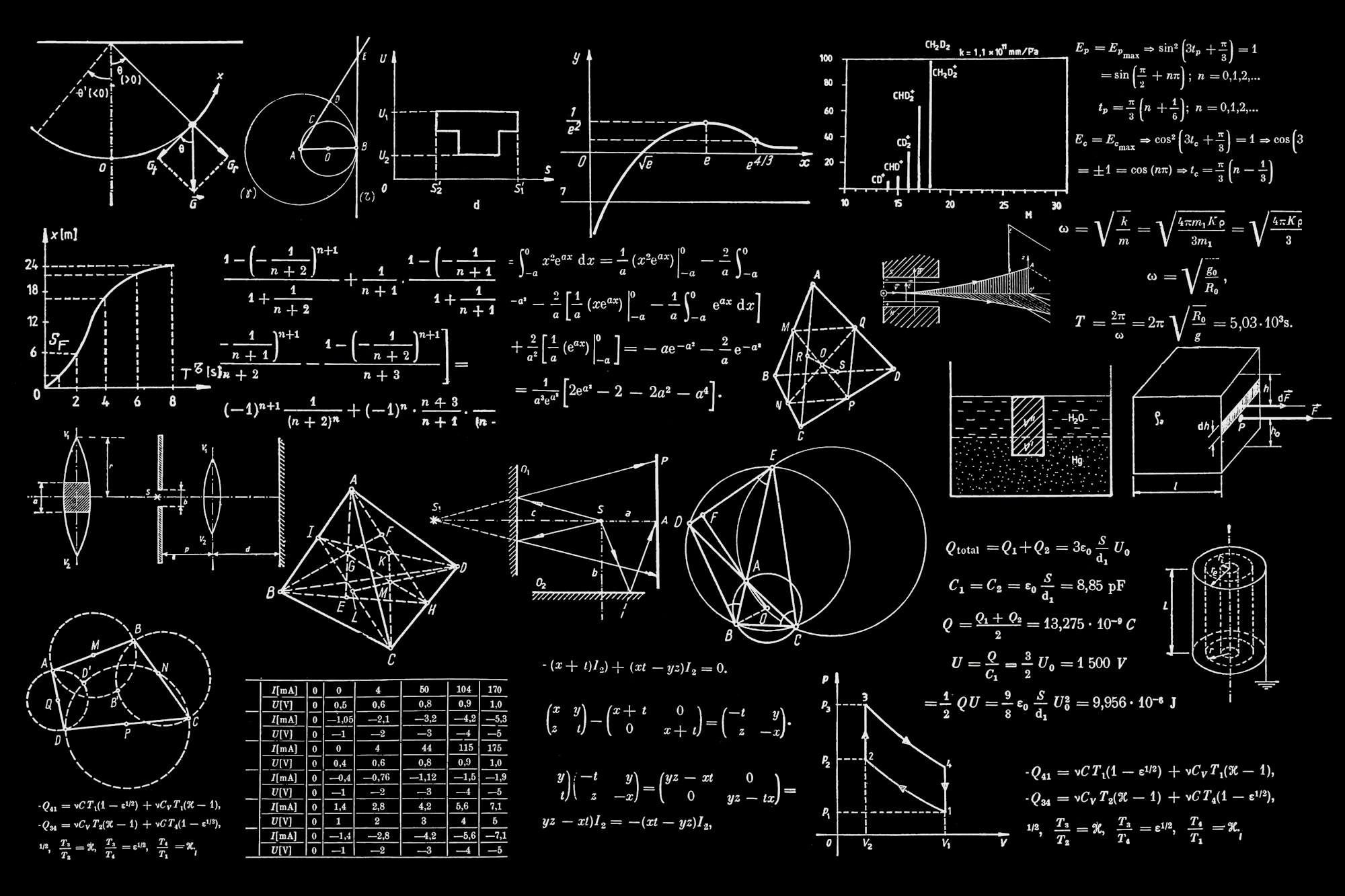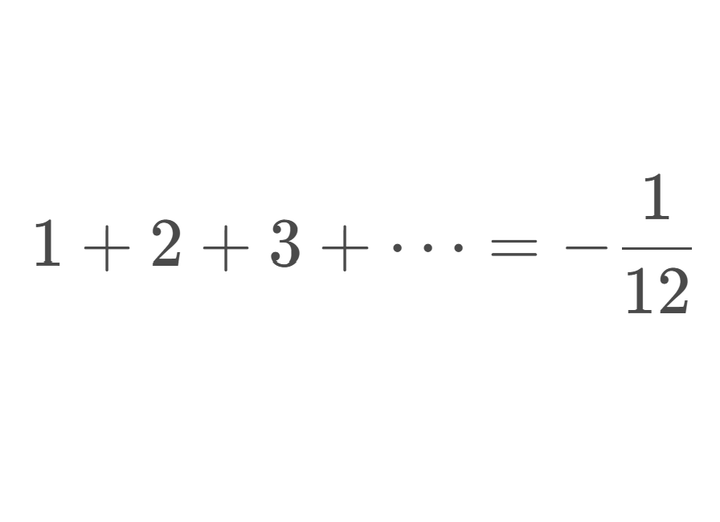Volume of N-sphere

Introduction
Before we find out more about our topic, let's learn a little bit about the Gamma function and the Beta function.
The gamma function is defined as such:
$$\Gamma(z)=\int_{0}^{\infty}t^{z-1}e^{-t}dt$$
with integration by parts, we can see
$$\int_{0}^{\infty}t^{n-1}e^{-t}dt=n! (n\in\mathbb{N})$$
It is a natural extension of the factorial function's domain from natural numbers to the reals. For more, visit jongwhi's blogpost here

The Beta function is defined as such:
$$B(z_1,z_2)=\int_{0}^{1}t^{z_1-1}(1-t)^{z_2-1}dt$$
It has a very close connection with the Gamma function because of the following equality.
$$B(z_1,z_2)=\frac{\Gamma(z_1)\Gamma(z_2)}{\Gamma(z_1+z_2)}$$
short proof:
$$\Gamma(z_1)\Gamma(z_2)= \int_0^{\infty} e^{-u} u^{z_1 - 1} du\cdot \int_0^{\infty} e^{-v} v^{z_2 - 1}dv $$
$$= \int_0^{\infty} \int_0^{\infty} e^{-u - v} u^{z_1 - 1} v^{z_2 - 1} du dv$$
let's make some change of variables
$$ u = st\quad v = s(1 - t) \Rightarrow u + v = s\quad \frac{u}{u+v} = t$$
$$= \int_0^{\infty} \int_0^1 e^{-s} (st)^{z_1 - 1} (s(1 - t))^{z_2 - 1} s dt ds$$
$$= \int_0^{\infty} e^{-s} s^{z_1 + z_2 - 1} ds \cdot \int_0^1 t^{z_1 - 1} (1 - t)^{z_2 - 1} dt$$
$$= \Gamma(z_1 + z_2) \cdot B(z_1, z_2)$$
$$\therefore \quad B(z_1, z_2) = \frac{\Gamma(z_1)\Gamma(z_2)}{\Gamma(z_1+z_2)}$$
n dimensional ball volume is given by the following formula:
$${\displaystyle V_{n}(R)={\frac {\pi ^\frac{n}{2}}{\Gamma {\bigl (}{\frac {n}{2}}+1{\bigr )}}}R^{n},}$$
Where Vn(R) is the volume of an n-ball with radius R
To start the proof, let's look back at how the 3-dimensional ball volume formula is obtained.
$$V_3(R)=\int_{-R}^{R}\pi(\sqrt{1-r^2})^2dr=\int_{-R}^{R}V_2(\sqrt{1-r^2})dr$$
Believing that this kind of extension works for all dimensions,
$$V_n(R)=\int_{-R}^{R} V_{n-1}(\sqrt{R^2-r^2})dr $$
With this in hand, let's truly begin the proof.
$$V_n(R)=V_n(1)\cdot R^n$$
Let's use mathematical induction to prove it
when n=1
$$\rightarrow V_n(Rt)=V_1(Rt)=2Rt=V_1(t)R $$
let us hypothesize when n=k
$$V_k(Rt)=R^kV_{k}(t)$$
Then, when n=k+1
$$ \Rightarrow V_{k+1}(Rt)=\int_{-Rt}^{Rt}V_{k}(\sqrt{(Rt)^2-x^2})dx $$
let us make the substitution x=Rs
$$=\int_{-t}^{t}V_{k}(R\sqrt{t^2-s^2})Rds$$
$$=\int_{-t}^{t}R^kV_{k}(\sqrt{t^2-s^2})Rds$$
$$=R^{k+1}\int_{-t}^{t}V_{k}(\sqrt{t^2-s^2})ds$$
$$=R^{k+1}V_{k+1}(t)$$
therfore, by induction
$$V_n(Rt)=R^nV_n(t)$$
so when t=1, the lemma holds.
$$V_n(1)=V_{n-1}(1) \frac{\Gamma(\frac{1}{2}) \Gamma(\frac{n+1}{2})}{\Gamma(\frac{n+2}{2})} $$
$$V_n(1)=\int_{-1}^{1}V_{n-1} (\sqrt{1^2-t^2})dt$$
using Lemma 1
$$=V_{n-1}(1)\int_{-1}^{1} (\sqrt{1^2-t^2})^{n-1}dt $$
$$=2V_{n-1}(1)\int_{0}^{1} (\sqrt{1^2-t^2})^{n-1}dt $$
making the substitution t=u1/2
$$=V_{n-1}(1)\int_{0}^{1} (1-u)^\frac{n-1}{2}u^{-\frac{1}{2}} du $$
$$=V_{n-1}(1)B(\frac{1}{2},\frac{n+1}{2}) $$
$$=V_{n-1}(1) \frac{\Gamma(\frac{1}{2}) \Gamma(\frac{n+1}{2})}{\Gamma(\frac{n+2}{2})}$$
therefore, using Lemma 1 and Lemma 2
$$ V_n(R)=R^nV_n(1)$$
$$=R^nV_{n-1}(1)\frac{\Gamma(\frac{1}{2}) \Gamma(\frac{n+1}{2})}{\Gamma(\frac{n+2}{2})}$$
$$=R^nV_{n-2}(1)\frac{\Gamma(\frac{1}{2}) \Gamma(\frac{n+1}{2})}{\Gamma(\frac{n+2}{2})}\frac{\Gamma(\frac{1}{2}) \Gamma(\frac{n}{2})}{\Gamma(\frac{n+1}{2})}$$
$$\cdots$$
$$ =R^n(\Gamma(1/2))^n \prod_{k=0}^n\frac{\Gamma(\frac{k+1}{2})}{\Gamma(\frac{k+2}{2})}$$
using the telecscoping method and since Γ(1/2)=π1/2
$$= {\frac {\pi ^{n/2}}{\Gamma {\bigl (}{\tfrac {n}{2}}+1{\bigr )}}}R^{n}$$
$$\blacksquare$$
lastly to end with a fun quiz,
Find the sum of all the volumes of even dimensional balls with radius 1
To sum stuff up, Jongwhi did the proof for the surface area of an n-dimensional sphere which by integrating, you can get the volume of an n-dimensional sphere. The proof that he showed is quite interesting, so I recommend you check it out if you enjoyed this blogpost.

Thank you for reading!







Comments ()